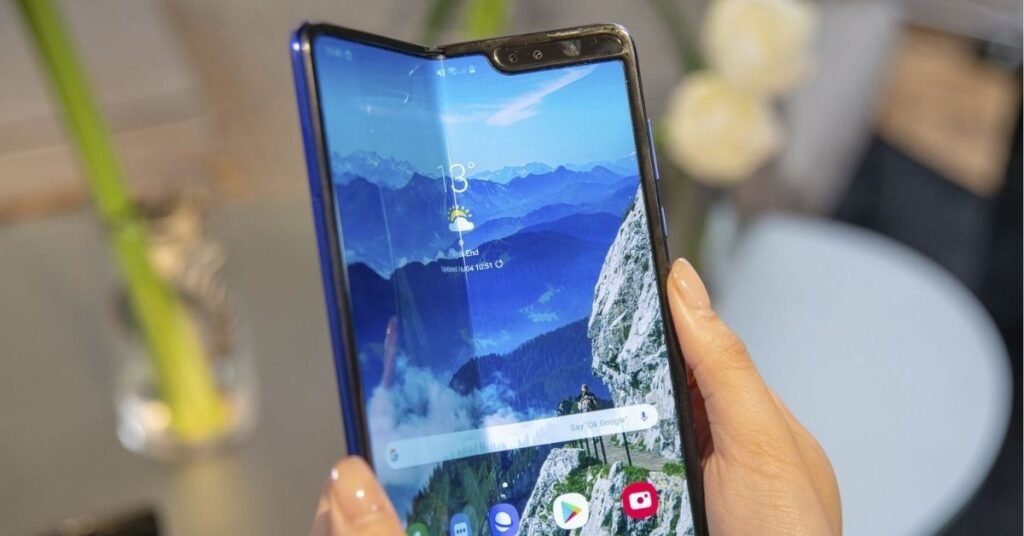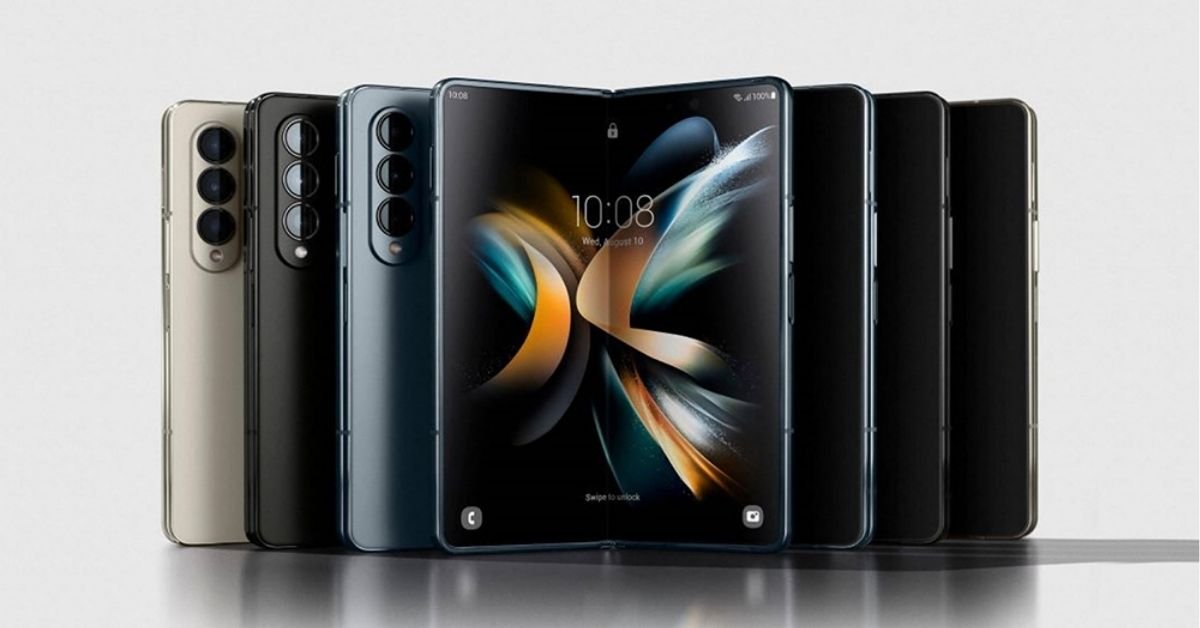In 2025, Smartphone Foldable Display Technology is reshaping the mobile industry with groundbreaking innovations that blend flexibility, durability, and stunning visuals.
Unveiled at major tech showcases in August 2025, the latest advancements in foldable displays are captivating consumers and industry leaders alike.
Led by giants like Samsung, Google, and emerging players like Oppo, these devices promise to redefine how we interact with smartphones, pushing the boundaries of design and functionality.
A New Era of Display Innovation
The latest Smartphone Foldable Display Technology centers on next-generation OLED and LTPO (Low-Temperature Polycrystalline Oxide) panels that are thinner, tougher, and more energy-efficient.
Samsung’s Eco² OLED Plus, which debuted in the Galaxy Z Fold 7, reduces power consumption by 40% while offering 2,600 nits of brightness for vibrant visuals in any light.
Ultra-Thin Glass (UTG) 2.0, now just 30 microns thick, enhances durability, withstanding over 300,000 folds equivalent to eight years of daily use.
Hinge mechanisms have also evolved, with Google’s Pixel Fold 2 featuring a “FlexHinge” that lies fully flat, eliminating creases visible in earlier models. These technical leaps make foldables more practical and visually stunning.

Key Features Driving Adoption
The new wave of Smartphone Foldable Display Technology introduces features tailored for productivity and entertainment.
Samsung’s Z Flip 7 offers a 4.2-inch external display, allowing users to manage notifications without unfolding, while its 7.6-inch main screen supports seamless multitasking with three apps simultaneously.
Oppo’s Find N4 incorporates AI-driven adaptive refresh rates, optimizing battery life for gaming and streaming.
Foldables now support advanced stylus input, with latency as low as 2ms, rivaling traditional tablets for creative tasks.
Enhanced water resistance (IPX8) and Gorilla Armor 2 ensure durability, addressing consumer concerns about fragility.
Industry Leaders and Market Momentum
Samsung continues to dominate Smartphone Foldable Display Technology, holding a 48% market share, according to Counterpoint Research.
The Galaxy Z Fold 7 and Z Flip 7, launched in July 2025, have driven a 35% surge in foldable sales year-over-year.
Google’s Pixel Fold 2, praised for its AI integration and stock Android experience, is gaining traction in the U.S., with pre-orders up 20% from its predecessor.
Oppo and Vivo are making inroads with budget-friendly foldables, like the Vivo X Fold 3, priced at $999, broadening the market.
Apple, rumored to debut a foldable iPhone in 2026, is reportedly testing a 7.9-inch display, signaling its intent to join the race.
Market Implications and Consumer Impact
The rise of Smartphone Foldable Display Technology is transforming the smartphone market, projected to reach $15 billion by 2027, per IDC.
Foldables now account for 3.5% of global smartphone shipments, up from 1.2% in 2022, driven by declining prices and improved durability.
For consumers, foldables offer unmatched versatility—serving as phones, tablets, and mini-laptops in one device.
Businesses are also capitalizing, with foldables enabling mobile workstations for professionals on the go. However, high costs (starting at $1,200) and repair challenges remain barriers, though trade-in programs and financing are boosting accessibility.
Industry Reactions and Expert Insights
Industry reactions to Smartphone Foldable Display Technology are overwhelmingly positive. “Samsung’s latest foldables set a new benchmark for durability and performance,” says Sarah Kim, a senior analyst at Display Supply Chain Consultants. “The crease reduction and power efficiency are game-changers.”
However, some experts caution about market saturation. Dr. Michael Chen, a tech innovation professor at MIT, notes, “Foldables are exciting, but manufacturers must innovate beyond form factor to sustain growth, think AR integration or modular designs.”
Analysts predict foldables could capture 10% of the premium smartphone market by 2030, but competition from rigid-display flagships remains fierce.

Challenges and Future Horizons
Despite the excitement, Smartphone Foldable Display Technology faces challenges. Production costs for foldable OLEDs are 30% higher than traditional displays, keeping prices elevated. Supply chain constraints, particularly for UTG, limit scalability.
Consumer skepticism about long-term durability persists, with 25% of surveyed users citing repair costs as a concern, per a 2025 Statista report.
Cybersecurity risks also loom, as foldables’ complex software could be vulnerable to exploits. Looking ahead, experts see foldables integrating with 6G networks and holographic displays by 2030, potentially revolutionizing immersive experiences.
A Foldable Future Awaits
The launch of cutting-edge Smartphone Foldable Display Technology in 2025 marks a pivotal moment for the mobile industry.
With Samsung, Google, and Oppo leading the charge, foldables are no longer niche—they’re mainstream contenders reshaping how we work, play, and connect.
As prices drop and innovations like crease-free displays and AI enhancements become standard, foldables are poised to dominate the premium market.
While challenges remain, the trajectory is clear: Smartphone Foldable Display Technology is folding the future into the present, promising a dynamic, versatile era for smartphones.
Latest leak reveals potential screen sizes for Apple's upcoming iPhone Fold: 5.49 external and 7.76 internal displays. Exciting times ahead! Link: https://t.co/5WOSqzKPHF #iPhone #Apple #Foldable #Innovation #Smartphone #Display #Technology #Gadgets #Leaks #Screens #Mobile…
— The Daily Tech Feed (@dailytechonx) July 23, 2025
Also Read: Samsung Foldable Unveil Event 2025: Next-Gen Innovations Revealed

Abdul Basit is a US-based tech writer who covers Apple innovations, Tesla’s EV growth, AI breakthroughs, smartphone trends, and app reviews for global readers.
